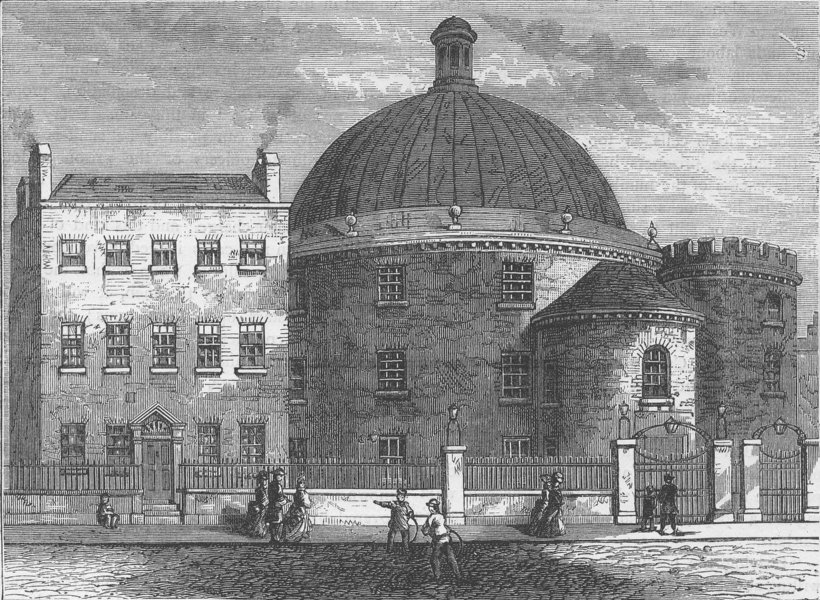The Spa Fields Burial Ground

The Spa Fields Burial Ground was an infamous place during the 19th century with its closeness to London. The Spa Fields themselves are much more expansive than just the burial grounds and holds quite a dark history, from unsanitary conditions to the Spa Field Riots that occurred. Before the Spa Fields became a burial ground, in the more rural area of the large park there was a duck pond, that would eventually become the cemetery grounds, which lent to its 17th-century name of Ducking-pond Fields. After the transition to a burial ground, there has been a lot of confusion surrounding the type of cemetery the Spa Fields Burial Ground is considered. While the Spa Fields area itself is known as a nonconformist chapel, the burial ground itself was privately owned and thus not actually considered to be a nonconformist burial place.
Moving out from just the burial ground, the Spa Fields itself holds a rich history that would likely have been a motivation for Dickens to use in Bleak House. The Spa Fields was a larger gathering place in the 18th and 19th-centuries and one of those large gatherings started what is known as the Spa Fields Riots. In 1816, Henry Hunt, a politician deemed radical, held a public meeting in order to gain support for a petition for the Parliament. The goal of the petition was to create accountability for Parliament as well as a more standardized system of ballots and elections so that the working class could be better represented. One of Hunt’s gatherings at the Spa Fields turned into a riot after he was delayed and two other radical speakers, James Watson and Arthur Thistlewood, began to speak. While they argued for similar issues as Hunt, they created a mob that marched to the Tower of London in an attempt to gain the representation they desired.
Dickens’s strong themes in Bleak House about creating stronger social mobility for the working class as well as his discussion around the Reform Act of 1832 all play into the atmosphere of the Spa Fields and the accompanying burial ground. While the Burial Ground is infamously associated with death, before the transition from pond to cemetery six children drowned, the Spa Fields themselves had a strong representation of radical thought towards Parliament in an attempt to lessen the divide between classes. Seeing as this is a strong theme in Bleak House, Dickens implemented them in a way that contemporary readers of his time would be able to recognize the importance of the location and his themes on class disparity.
Works Cited
Caroline. “Among the rioters and resurrectionists: the turbulent history of Spa Fields.” Flickering Lamps, 2014, https://flickeringlamps.com/2014/10/31/among-the-rioters-and-resurrectio.... Accessed 30 October 2020.
“London's Spa Fields.” Deseased Online, 2014, http://deceasedonlineblog.blogspot.com/2014/05/londons-spa-fields.html. Accessed 30 October 2020.
Parent Map
Coordinates
Longitude: -0.107777800000
